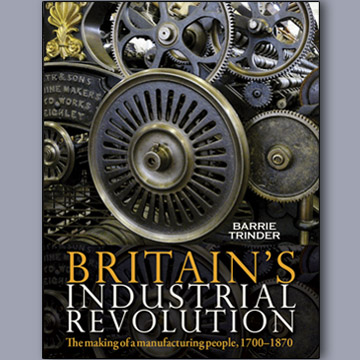
There was a side of him that wished it had gone further, and that ruefully regarded the late 1640s as a chance, like 1945, for permanent change.

Even so his basic sympathies (despite a royalist ancestor) were with the Roundhead cause - though more with its politics than its religion. Woolrych restored the radicalism to the context of the concrete experiences and practical concerns of its exponents. Wedgwood, to whose evocative and common-sense approach his work is sometimes closer in spirit than to the academic theory and language favoured by younger generations.ĭuring the decades when those books were prepared, Civil War radicalism was a trendy subject, one sometimes coloured by anachronistic enthusiasms. So is Woolrych's epigrammatic gift for the drawing of character, a talent he shared with C.V. The strenuous marches, the aching limbs, the long fearful waits before combat, the courage and comradeship, are all there. Unlike the later ones it was not notable for original research, but it remains the best way into its subject.ĭespite wide differences of subject-matter and literary technique, there is a touch of Richard Cobb, a colleague at Leeds University where Woolrych held his first teaching post, in the reconstruction of the terrain and dispositions of battle and of the interaction of men and landscape. Woolrych's grasp of the realities, military and psychological, of soldierly experience is shown to vivid advantage in the first and most widely read of his books, Battles of the English Civil War: Marston Moor, Naseby, Preston (1961).


 0 kommentar(er)
0 kommentar(er)
